The Sant’Anna di Stazzema massacre was a Nazi German war crime, committed in the hill village of Sant’Anna di Stazzema in Tuscan, in the course of an operation against the Italian resistance movement during the Italian Campaign of World War II.
On the morning of August 12, 1944, the German troops entered the mountain village of Sant’Anna di Stazzema, accompanied by some fascists of the 36th Brigata Nera Benito Mussolini based in Lucca, who were dressed in German uniforms.
The soldiers immediately proceeded to round up villagers and refugees, locking up hundreds of them in several barns and stables, before systematically executing them. The killings were done mostly by shooting groups of people with machine guns or by herding them into basements and other enclosed spaces and tossing in hand grenades.
At the 16th-century local church, the priest Fiore Menguzzo (awarded the Medal for Civil Valor posthumously in 1999) was shot at point-blank range, after which machine guns were then turned on some 100 people gathered there. In all, the victims included at least 107 children (the youngest of whom, Anna Pardini, was only 20 days old), as well as eight pregnant women (one of whom, Evelina Berretti, had her stomach cut with a bayonet and her baby pulled out and killed separately).
After other people were killed through the village, their corpses were set on fire (at the church, the soldiers used its pews for a bonfire to dispose of the bodies). The livestock were also exterminated and the whole village was burnted down.
All of this was accomplished in three hours. The SS men then sat down outside the burning Sant’Anna and ate lunch.
These crimes have been defined as voluntary and organized acts of terrorism by the Military Tribunal of La Spezia and the highest Italian court of appeal.
However, extradition requests from Italy were rejected by Germany. In 2012, German prosecutors shelved their investigation of 17 unnamed former SS soldiers (eight of whom were still alive) who were part of the unit involved in the massacre because of a lack of evidence.
The statement said: “Belonging to a Waffen-SS unit that was deployed to Sant’Anna di Stazzema cannot replace the need to prove individual guilt. Rather, for every defendant it must be proven that he took part in the massacre, and in which form.”
The mayor of the village, Michele Silicani (a survivor who was 10 when the raid occurred), called the verdict “a scandal” and said he would urge Italy’s justice minister to lobby Germany to reopen the case. German deputy foreign minister Michael Georg Link commented that “while respecting the independence of the German justice system,” it was not possible “to ignore that such a decision causes deep dismay and renewed suffering to Italians, not just survivors and relatives of the victims.”
Sources, Wikipedia and http://paradiseofexiles.com/liberation-day-in-italy/



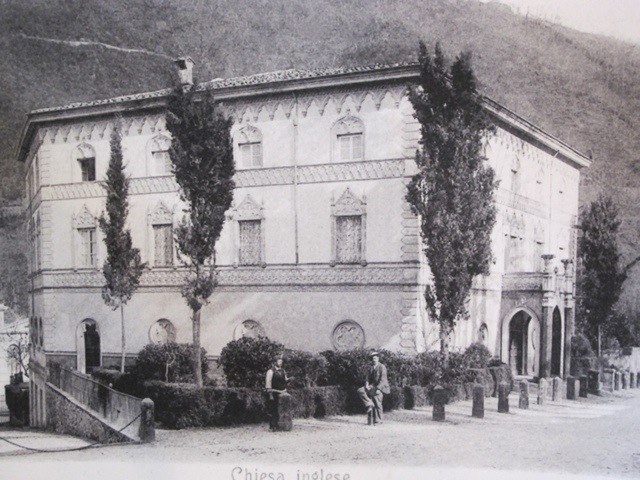





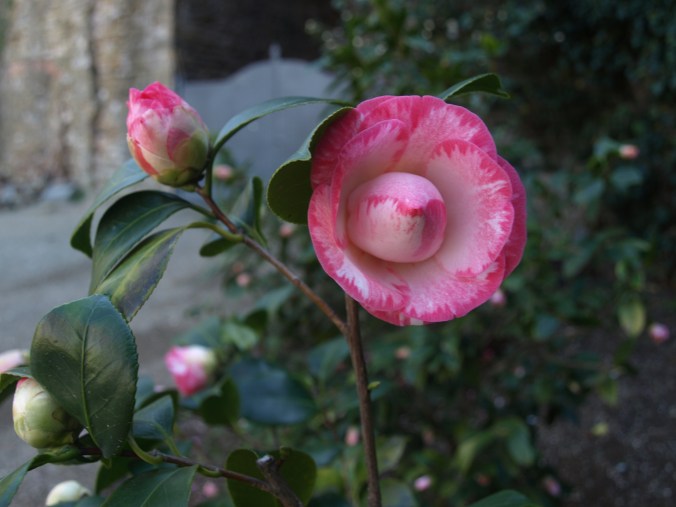




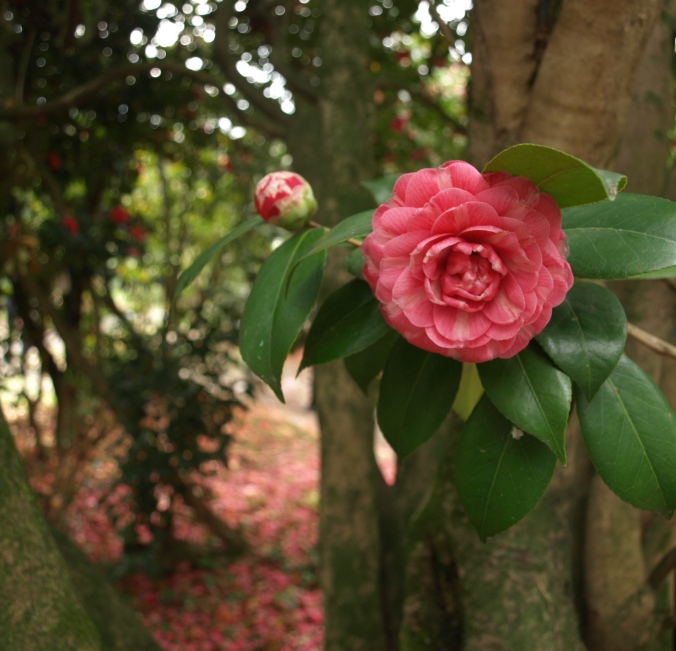










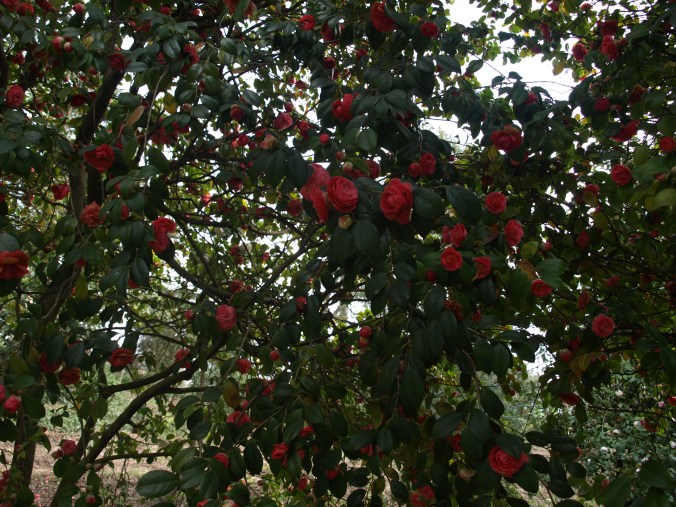









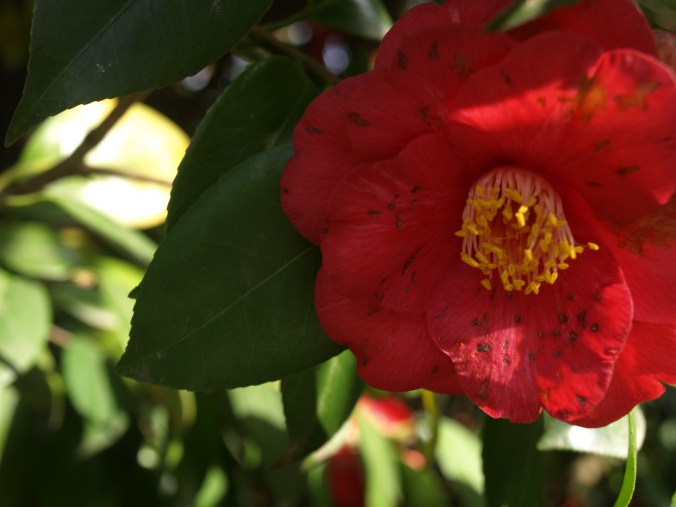











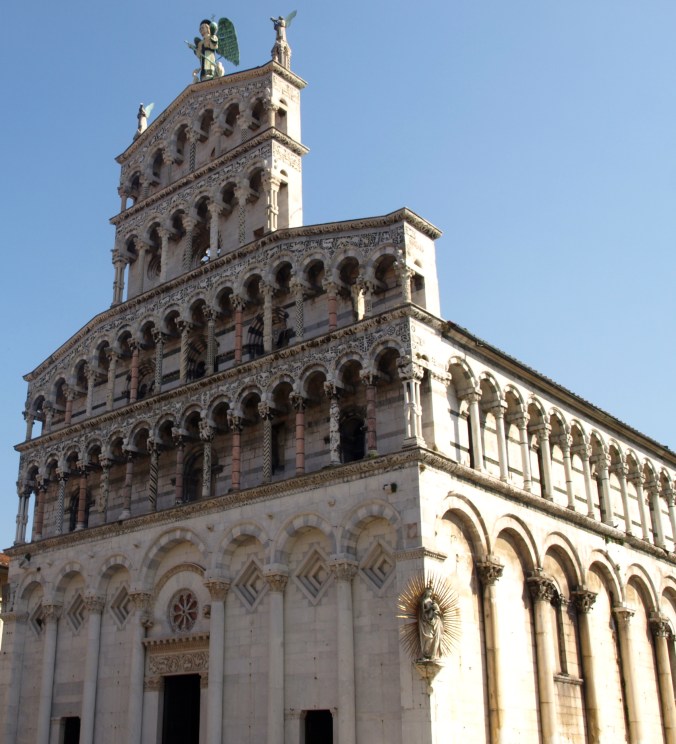
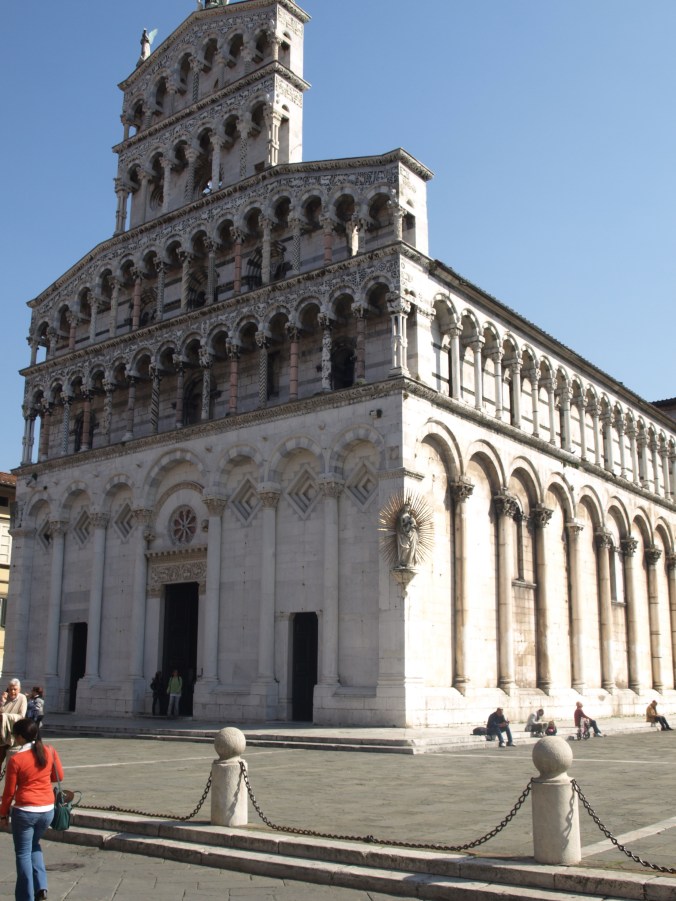
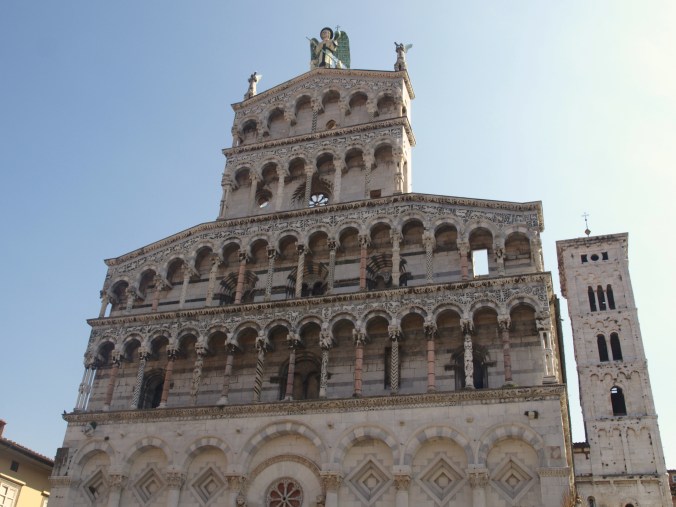



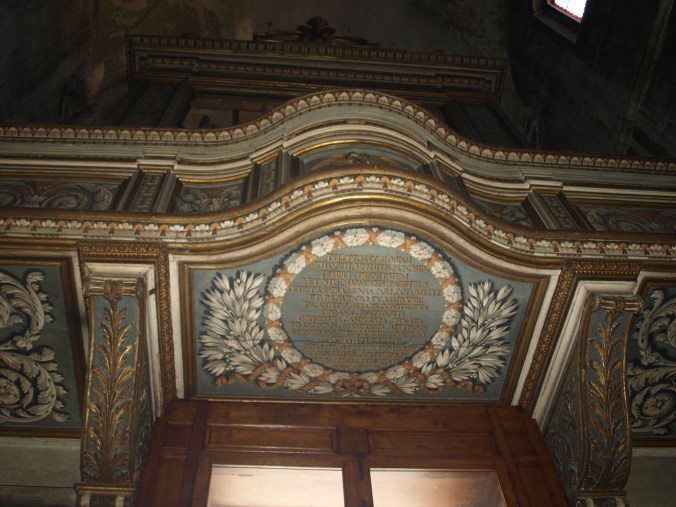







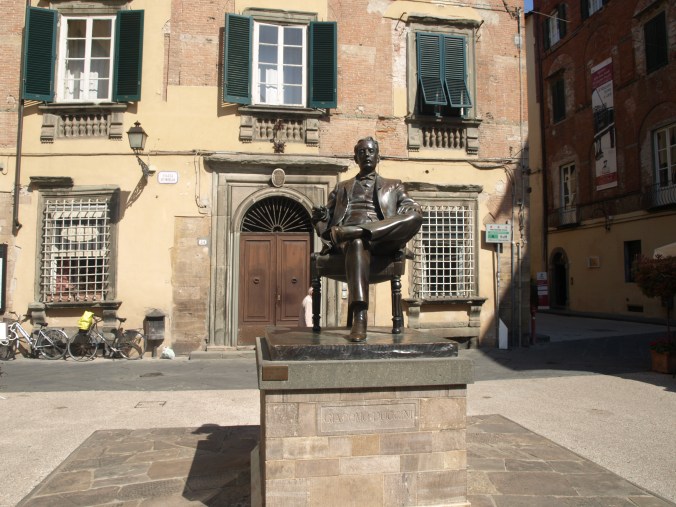



















You must be logged in to post a comment.